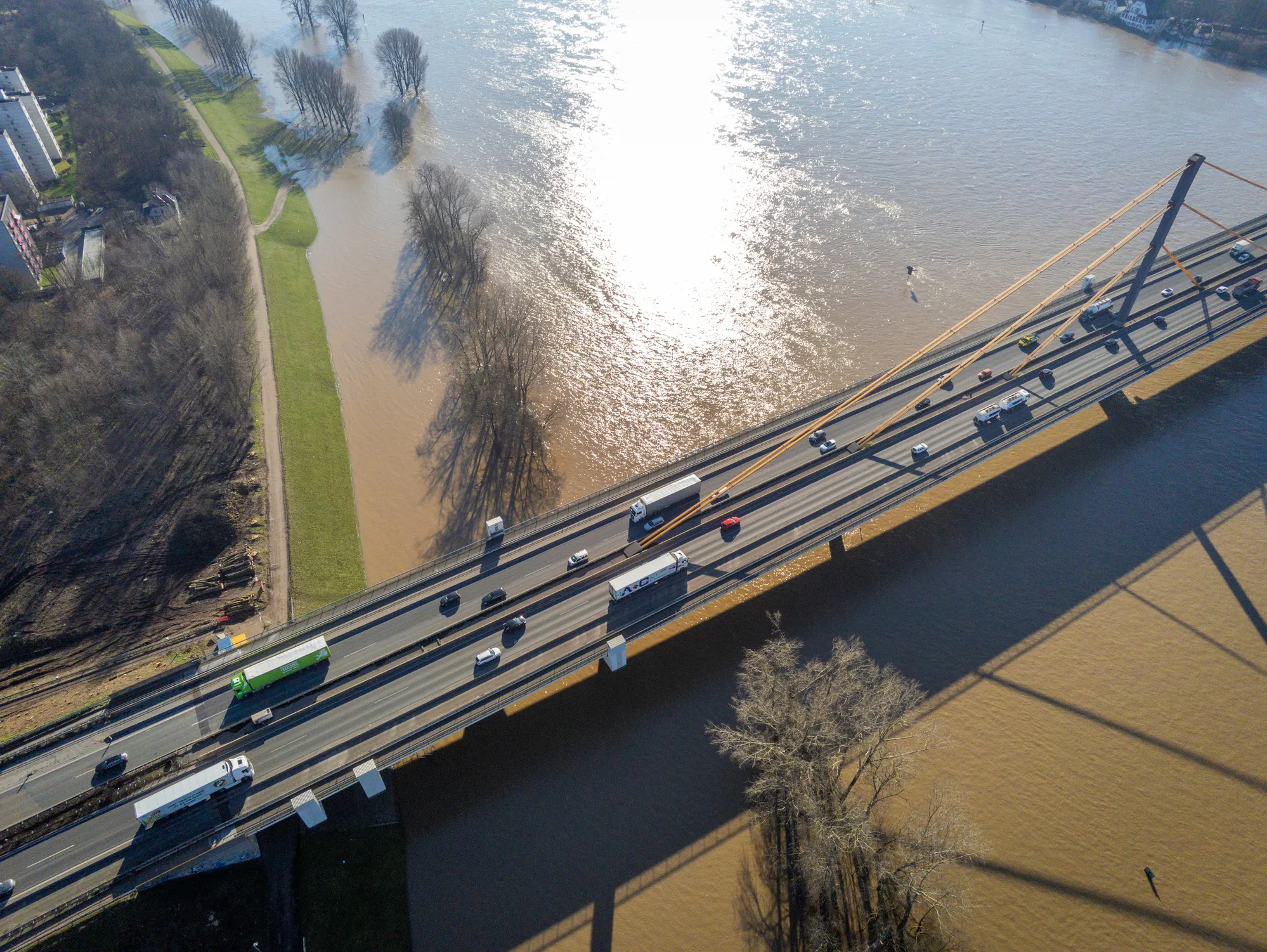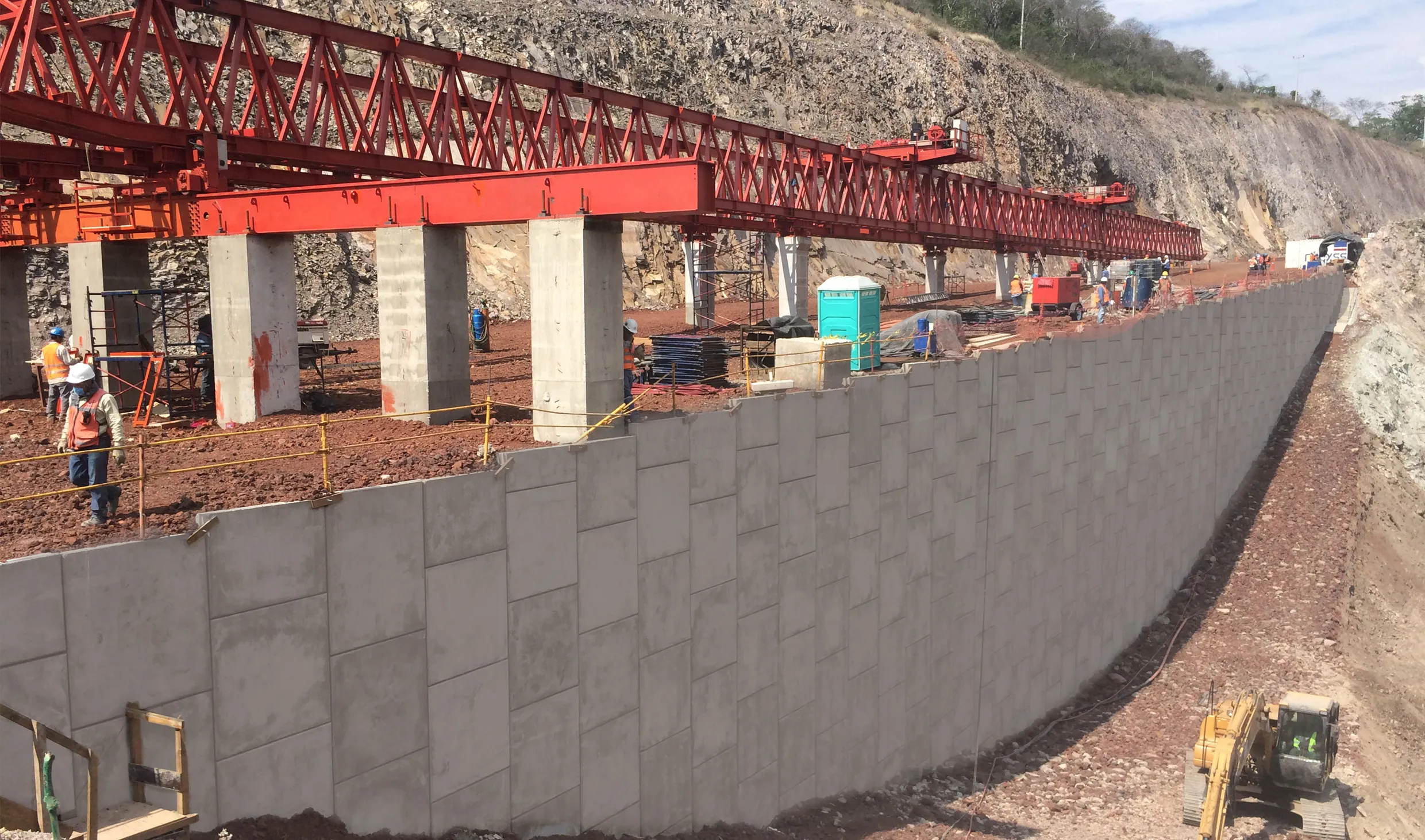Plans are now well in hand for two major highway projects in Vietnam.
March 2, 2012
Read time: 1 min
Plans are now well in hand for two major highway projects in Vietnam. The two highways will be located in the southwest of the country. A 225km link running along the country's southern coast is expected to cost US$440 million and work is now starting. This highway will connect Ca Mau city and the Xa Xia border and will run through Kien Giang Province. Meanwhile the 32km stretch of the My Thuan-Can Tho highway will cost some $294 million to build and will be developed under the PPP model. This will be a four lane link with two lanes of traffic in either direction and the project will be carried out by 3561 Cuu Long Corporation for Investment, Development and Project Management of Transport Infrastructure (Cuu Long CIPM).








